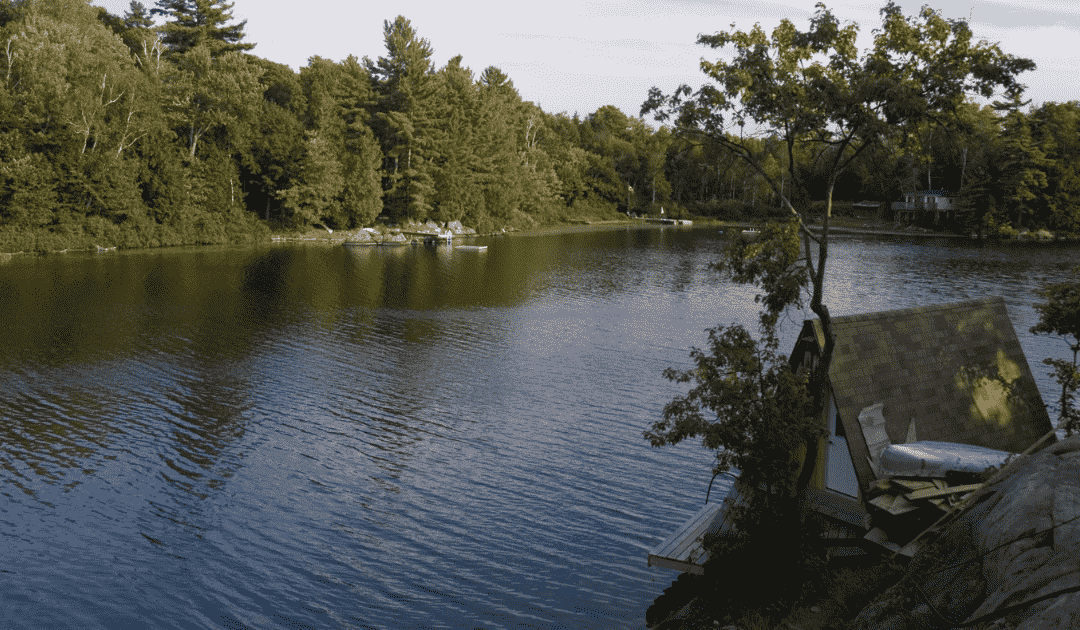The attachment many Canadians have to their family cottage runs deep. These properties often become central to family traditions and legacies, passed down from generation to generation. But with the recent capital gains tax changes, this treasured inheritance could come with a hefty price tag.
The change and the concern
Effective June 25, 2024, the capital gains inclusion rate increased from 50 per cent to 66.67 per cent, except for the first $250,000 of net gains per year for individuals and some trusts, which are included in taxable income at 50 per cent.
This change raises significant concerns for families owning cottages or other secondary properties. Property values have soared, and many Canadians face an unpleasant reality: passing down the family cottage might result in a sizeable tax burden for their heirs.
When I work with families concerned about wealth transfer, I’ve seen firsthand how the new rules have impacted planning strategies. One increasingly popular solution is permanent life insurance, particularly joint last-to-die policies, which can offer a tax-efficient way to pay the tax bill.
Understanding capital gains taxation
When someone passes away, their assets, including real estate other than their primary residence, could be subject to capital gains taxes. Capital gains are calculated by subtracting the property’s adjusted cost base (which includes the original purchase price, eligible expenses and capital improvements) from its fair market value at the time of death.
With the new inclusion rate, two-thirds of that gain is now considered taxable income, less the first $250,000 of net gains. For a family cottage purchased or inherited decades ago and now worth millions, this could mean hundreds of thousands of dollars in taxes.
The role of joint last-to-die life insurance
For many of my clients with spouses or partners, permanent joint last-to-die life insurance has become the obvious answer to this problem. It’s a relatively affordable solution that allows couples to preserve the value of their assets while avoiding the need to sell properties that hold significant sentimental value.
These policies insure both spouses but pay out only after the second spouse passes away, which is when capital gains taxes on their assets typically become due. The tax-free death benefit from the policy can be used to cover the capital gains taxes, ensuring your client’s heirs aren’t left scrambling to find the funds.
Strategy in practice
Let’s look at an example. John and Susan, a couple in their late 60s, had owned a cottage in Muskoka for more than 30 years. It was their dream to pass the cottage down to their two adult children, who grew up spending summers there and now have children of their own who are forming cottage memories.
The property, originally purchased for $300,000, now has a fair market value of $2 million. When John and Susan learned about the 2024 changes to the capital gains tax rules, they were shocked by the serious tax burden this would create for their children.
- Since the property appreciated by $1.7 million, the estate would be responsible for paying capital gains tax on this unrealized gain upon the second parent’s death.
- The first $250,000 of the gain would be subject to a 50 per cent inclusion rate. For the remaining $1.45 million, 66.67 per cent would be included in taxable income.
- The total taxable capital gain would be approximately $1.1 million, resulting in an estimated tax bill of over $580,000, assuming Ontario’s highest marginal tax rate of 53.53 per cent.
This staggering amount could force their children into selling the beloved cottage to cover the taxes — something John and Susan are determined to avoid.
Working with their insurance advisor, John and Susan purchased a joint last-to-die life insurance policy with a death benefit of $400,000, intended to cover the bulk of the anticipated tax liability.
The peace of mind from this type of planning is invaluable. Now, John and Susan can focus on creating more memories at the cottage, knowing it will remain in the family for future generations to enjoy.
Advise your clients to review their estate plan
The capital gains inclusion rate increase is a wake-up call for many Canadians.
Life insurance is not only a way to preserve their legacy, but also a financial tool that can prevent asset liquidation during a difficult time for families. Joint last-to-die permanent life insurance policies are more affordable than individual coverage and couples can typically secure a policy even if only one spouse is insurable. It’s often the best option for long-term estate planning.
By planning proactively, your clients can safeguard their family’s future and ensure that cherished assets like the family cottage are passed on as a legacy — not a liability.

As the managing director of Life and Wealth Management in Canada at NFP, an Aon company, Mark Waxman uses his 30 years of insurance industry experience to address client needs through individual and business insurance solutions, as well as estate planning. To discuss your specific estate planning situation, Mark can be reached at mark.waxman@nfp.ca. You can learn more about NFP by visiting NFP.ca.












